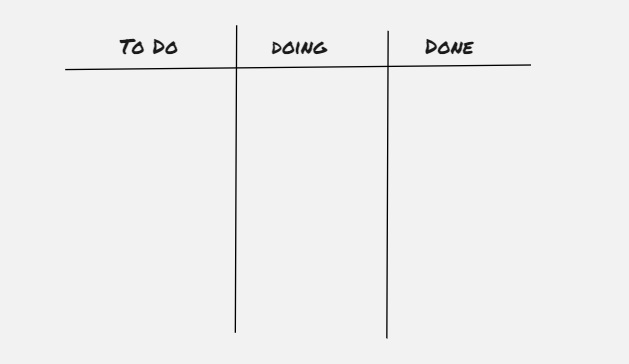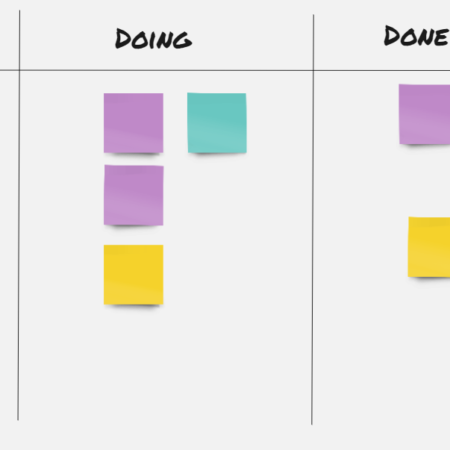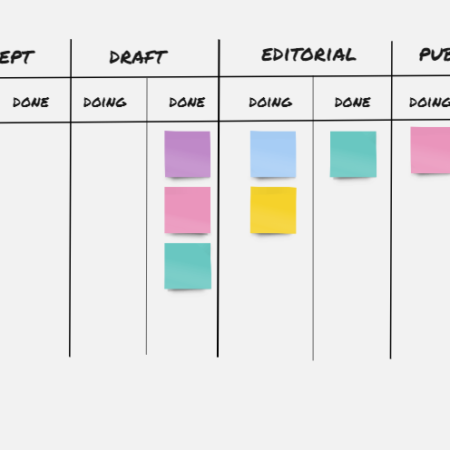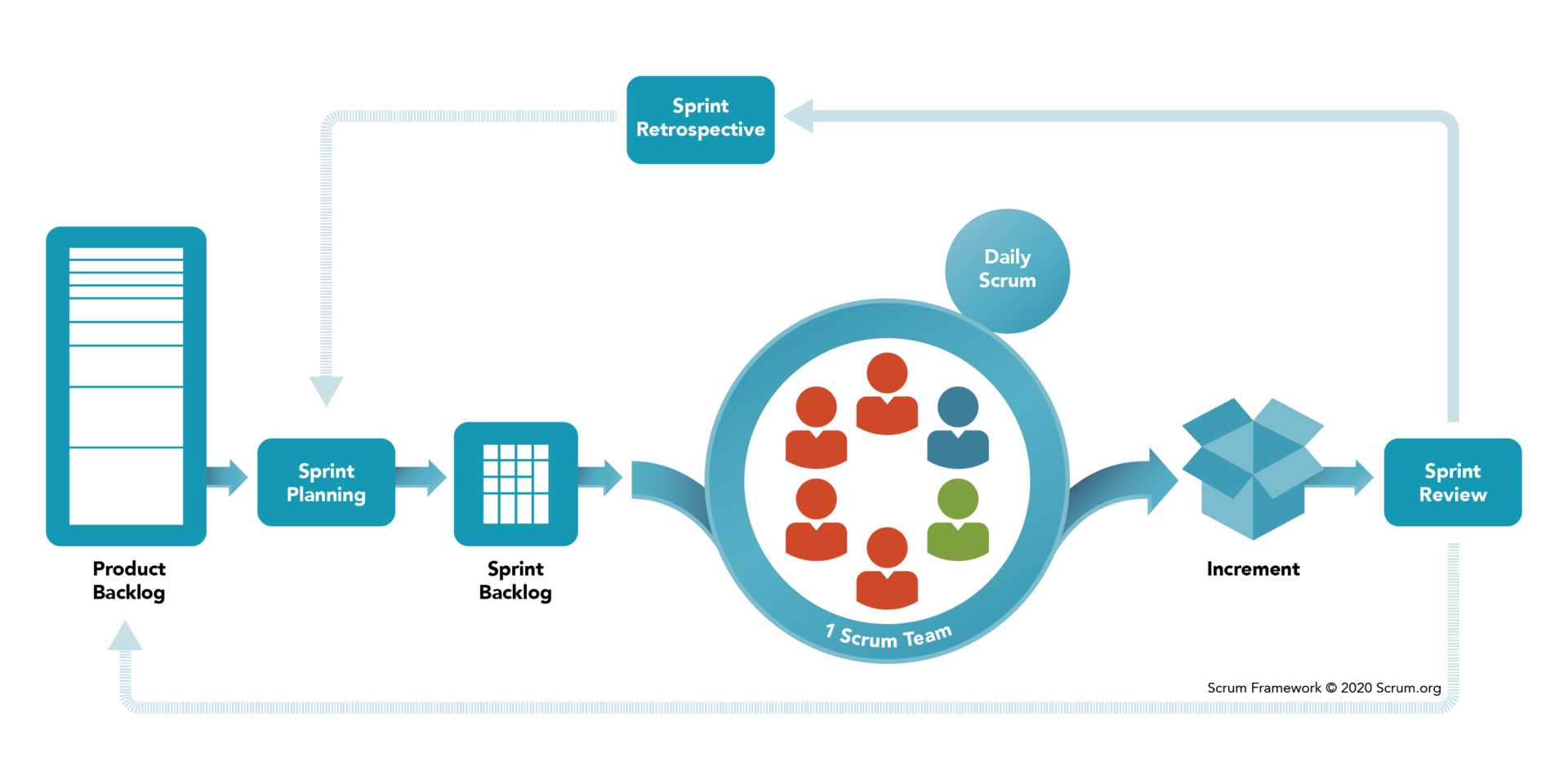I recently spoke with a diverse group of small-medium business owners about how to apply agile in business. The audience was both big and small firms from almost every business sector conceivable, from manufacturing to construction, media, health care, real estate right through to a large freight and logistics firm.
They had all heard about agile but thought it was just for technology companies. To help them understand how to apply agile in business in very practical day-to-day terms, I had to strip out the jargon and show them how they could apply agile at their workplace right away.
We all found the conversation extremely valuable. They were grateful for someone who could make it real for them. I was grateful for the challenge of explaining agile to an everyday business owner, short of time but wanting to understand how they could get started without all the jargon and terminology. This article attempts to capture that conversation for others to understand how to apply agile in business.
How to apply Agile in business
Agile’s principles, concepts and tools are applicable to a wide variety of settings, but to bring out its true potential it requires pragmatism and continual refinement, based on what is and isn't working. If you are working in a sector where agile might not feel like a clear-cut fit, here is how I suggest you can apply some basic concepts of agile to see how well it might improve how you work.
Start with Visual Management
Visual Management helps you understand how your work works. It is a simple but important core principle of agile. By visualising the work, we can better understand it and therefore improve it.
In layman’s terms, this means mapping out the steps to take a piece of work from idea to completion. The easiest way to do this is with a whiteboard or wall space and a set of sticky notes. One useful way to getting underway is to simply start with three columns: To Do, Doing and Done. This allows you to get underway easily and get your work on a visual board. You can then break the work down into smaller steps, continually revising your board until it reflects how your work works.

Remember to avoid perfection. The point isn’t to map out exactly what happens each step of the way! That will result in a visual board for every variation of the workflow which defeats the purpose. We are only after “good enough to get started” at this point. You will almost certainly evolve your board as you go!
Now it is time to populate your board with work. Again – don’t worry about being perfect. The objective here is to create a visualisation of how work works so you can detect patterns and trends. Let the work help learn what a suitable visual board is for your situation.

Now add a Doing and Done column to each workflow stage. The Done column of one stage becomes the To Do column of the next.

Once you have run some work through your board, start considering what sort of data might help you better understand the flow of work. Some common things organisations track are:
- How long a work item spends in a particular column (workflow stage). You can measure this by capturing when a piece of work enters a workflow stage and when it exits.
- How long a piece of work waits in a workflow stage before it is worked on. This is often referred to as “wait time” and when added up across stages can be quite revealing. In many organisations, around 80% of the time taken for a piece of work to go from start to finish is wait time.
- How many pieces of work are in each workflow stage? This is referred to as work-in-progress, or WIP. Lots of WIP can be an indicator of trying to get too much work done at once, resulting in less being achieved. A common strategy for dealing with this is WIP limits on each workflow stage.
- Bottlenecks – the Theory of Constraints taught us that the throughput of a system is limited by the throughput of the narrowest bottleneck. WIP is often a lead indicator of bottlenecks and gives us a good indicator of where we might want to investigate further. Addressing bottlenecks improves the flow of work!
For example, in the above graphic, there appears to be a bottleneck in Editorial, given that all the Draft work is complete and waiting. This would be a great place to explore. Queues tend to indicate downstream bottlenecks!
If you are interested in further reading on visual management, I found this article on Value Stream Mapping useful.
The principles of Scrum for Agile business
Scrum is the most popular agile framework in use today and for good reason – it is an extremely powerful yet simple framework. Now that you have a visual management board underway and can visualise how your work works, try these Scrum patterns.
- Introduce iterations – an iteration is simply a fixed, time-bound length of work, also known as Sprints in Scrum. Your Sprint length is largely determined by how frequently you want to inspect and adapt the work. The most common Sprint cadence is two weeks.
- Set a goal for the Sprint – in business terms, what will be different at the end of each Sprint? This forms the “north star” for each Sprint. Why is this goal important? Who will benefit and how? Make this clear to the people who will be doing the work.
- Plan a Sprint of work – get the people involved in doing the work together to break down how they can achieve the Sprint Goal. The outcome is a plan for the Sprint. It doesn’t have to perfect and don’t go to the level of who will do what, but break the work down into chunks of value and only take on what is achievable in the Sprint. Your objective is to have something 100% done that can be used by others. Rather than take on lots of work, take on less and get it 100% completed. You might have to re-negotiate the Sprint Goal in order to achieve this. In Scrum, this is called Sprint Planning.
- Every day, everyone involved in delivering the work gets together in front of the visual board for 15 minutes to understand the current state of the work and what the most valuable thing is they can collectively do next 24 hours to progress towards the Sprint Goal. This isn’t a problem-solving meeting. It is a meeting to re-align around the plan and adjust the plan as required. In Scrum, this is called a Daily Scrum or stand-up.
- At the end of the Sprint, hold a meeting to review what was achieved and consider what might be the best thing to do next Sprint. This should typically involve others in the business who need to understand progress or contribute.
- Hold a continuous improvement meeting for the team who did the work in the last Sprint. Collaborate to understand what went well that we could do more of, and what areas we could improve. This should be an open meeting that discusses everything, including interpersonal relationships and teamwork.
- Start another Sprint.
 The iterative, incremental nature of Scrum can help to bring focus, commitment, alignment and collaboration to the forefront of your business.
The iterative, incremental nature of Scrum can help to bring focus, commitment, alignment and collaboration to the forefront of your business.
If you are finding iterations don’t add value to your work, (for example, your work is highly repetitive and pausing to regularly inspect & adapt doesn't make sense) then drop them. There is no recipe!
Remember, Scrum is based on three important inter-connected pillars – transparency, inspection and adaptation. Our ability to inspect and adapt is largely determined by the transparency of the information. If we don’t increase transparency, then our ability to make meaningful decisions and trade-offs are decreased. A great way to increase transparency is keeping your visual board up to date and having open and honest conversations.
As a Professional Scrum Trainer, I know Scrum extremely well and would caution readers about some of the material on the internet from “Scrum experts”. Credible sources of further reading include Scrum.org and Scrum Inc. In addition, the single source of truth on Scrum is the Scrum Guide, written by the creators of Scrum, Dr Jeff Sutherland and Ken Schwaber.
Minimal viable product thinking
One of the most common mistakes businesses make when learning how to apply agile in business is assuming they need to have the product or service they are developing perfect before engaging customers. Usually, the opposite is true – they introduce significant risk by not getting sufficient customer feedback early enough. A minimum viable product (MVP) is a product or service with enough functionality to obtain feedback and validate the idea as early as possible. This can significantly reduce risk and increase customer value.
To achieve this, you need to re-think the purpose behind each iteration. Is it to deliver work or is it to learn about what the customer really wants and de-risk work?
In the above example, you can see two different approaches. In the first approach, the requestor has specified the solution - give me a painting that looks like this. The people doing the work have delivered that, one high-fidelity piece at a time. The problem with this is what happens if they are wrong? Even if they are using agile techniques, they must still deliver the wrong thing. In the second example the requestor has outlined the problem they are trying to solve and the MVP approach has been applied to reduce risk and integrate customer feedback. Coiuld you apply a similar mindset to your work?
If you are interested in diving deeper into the MVP-type space, the books Running Lean and The Lean Start-up are both useful reading.
In summary
In this article, I have tried to share how you can apply agile in business. In my twenty years working in this space, I have learned that the best get familiar with agile is to do it. It is tempting to stand on the sidelines, watching the game play out in order to learn the rules before playing, but I can assure you that in the case of agile, more is learned by playing than watching. Just get in there and do it.
The journey to mastery is however long and difficult. The focus on transparency, visualising work and seeking continuous improvement invites you to be always asking questions of your business, evolving and improving it to be the best it can be. This can be tiring, however, don't we all strive to be the best we can be?

